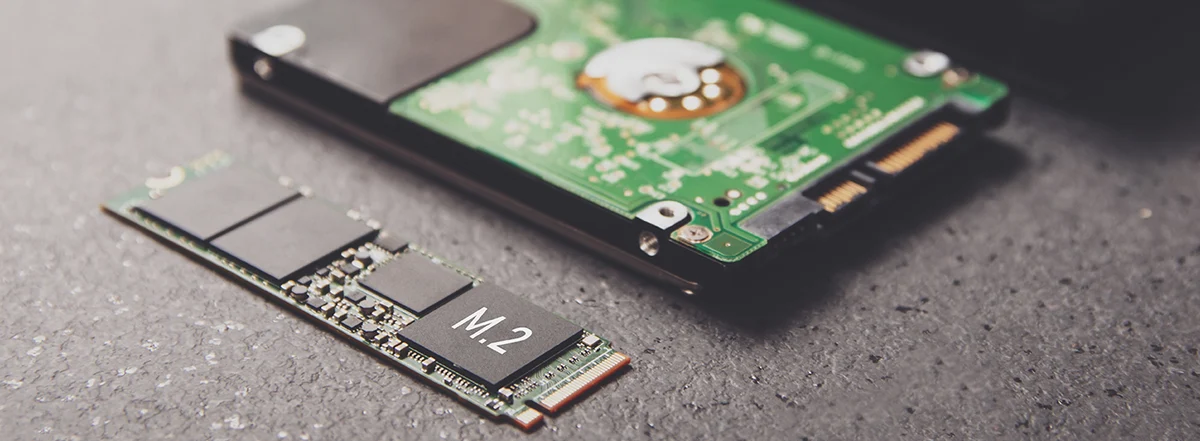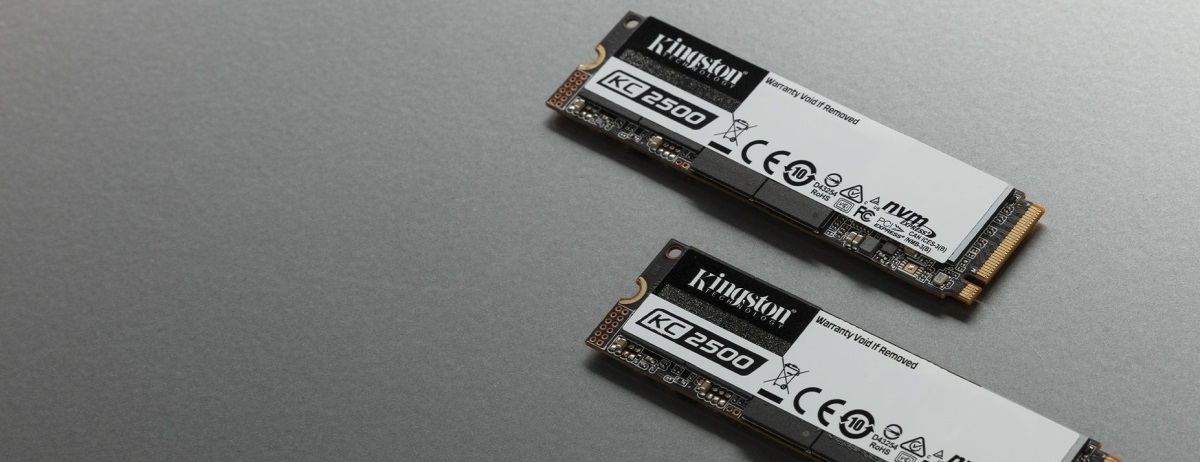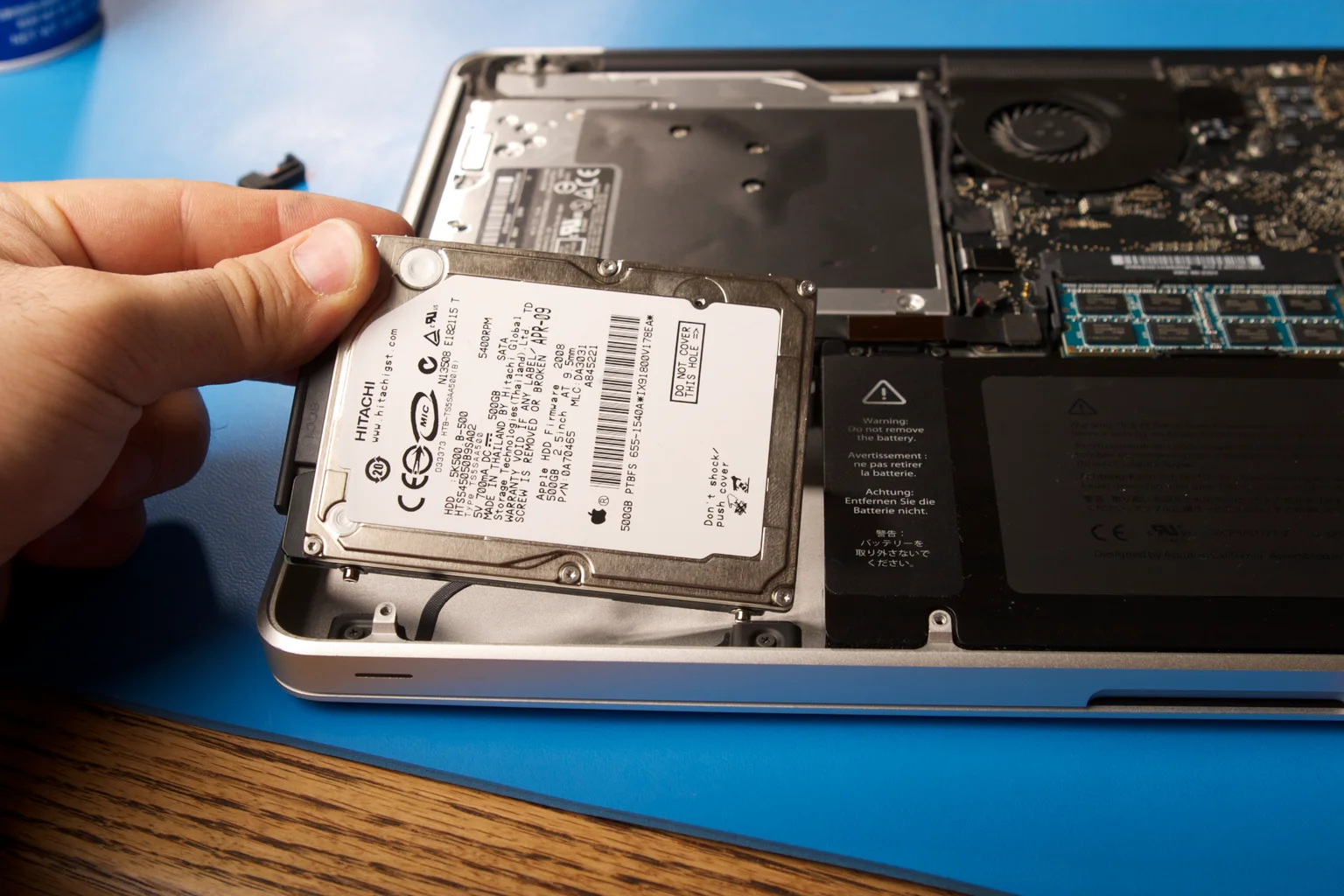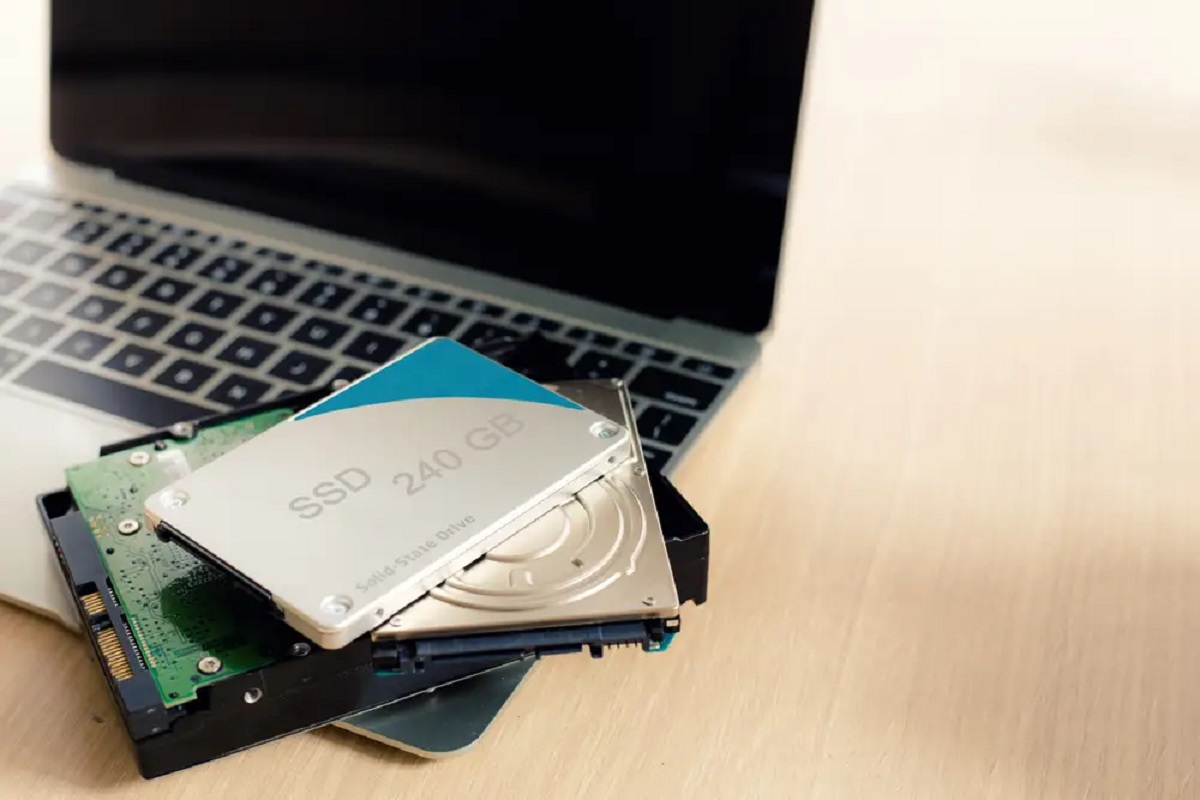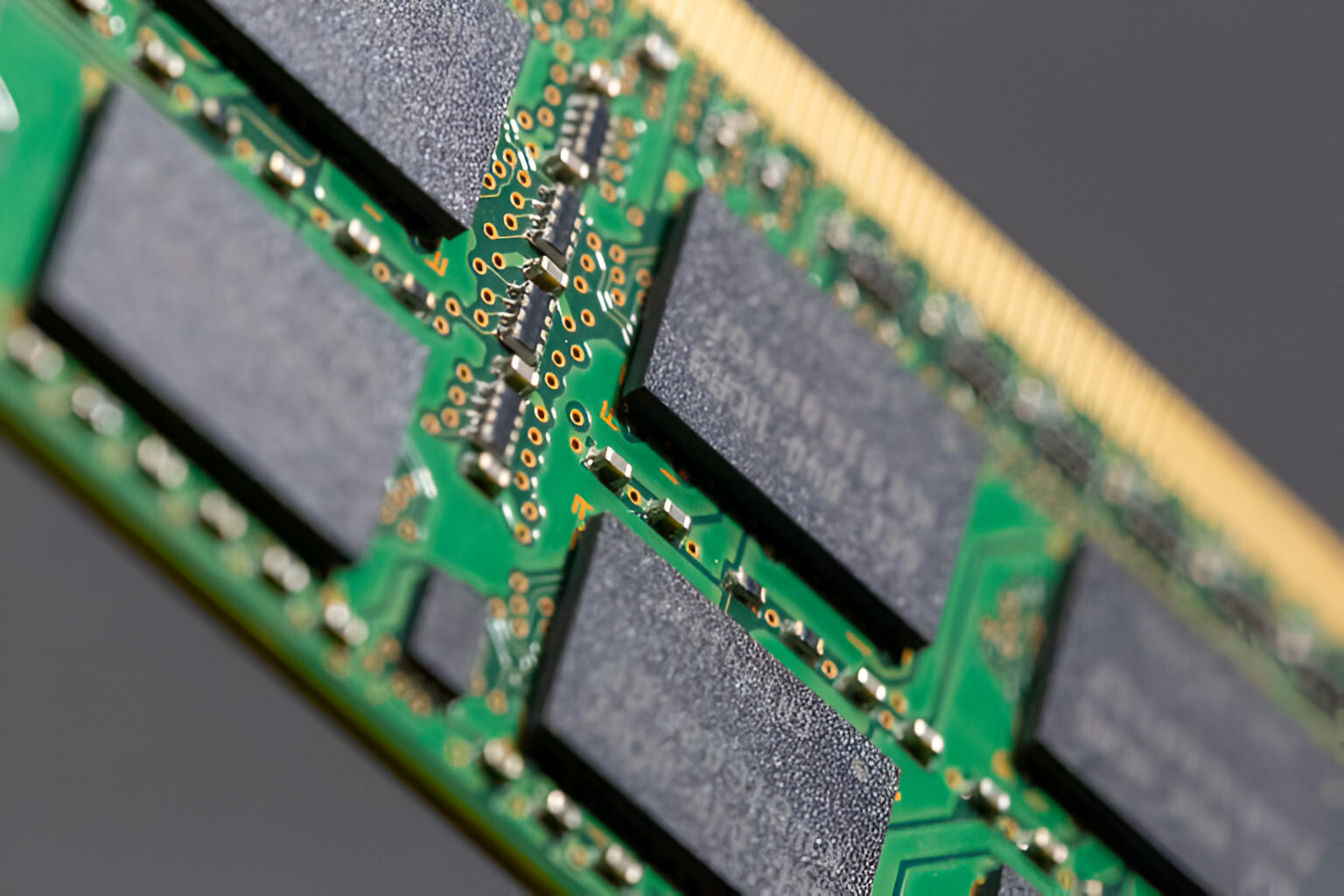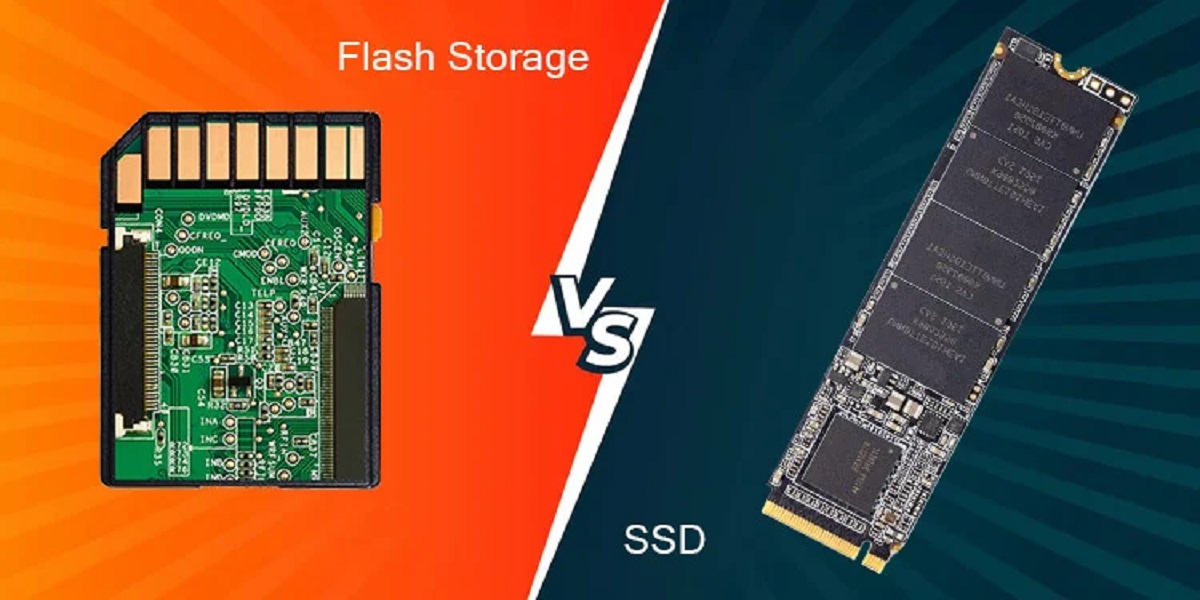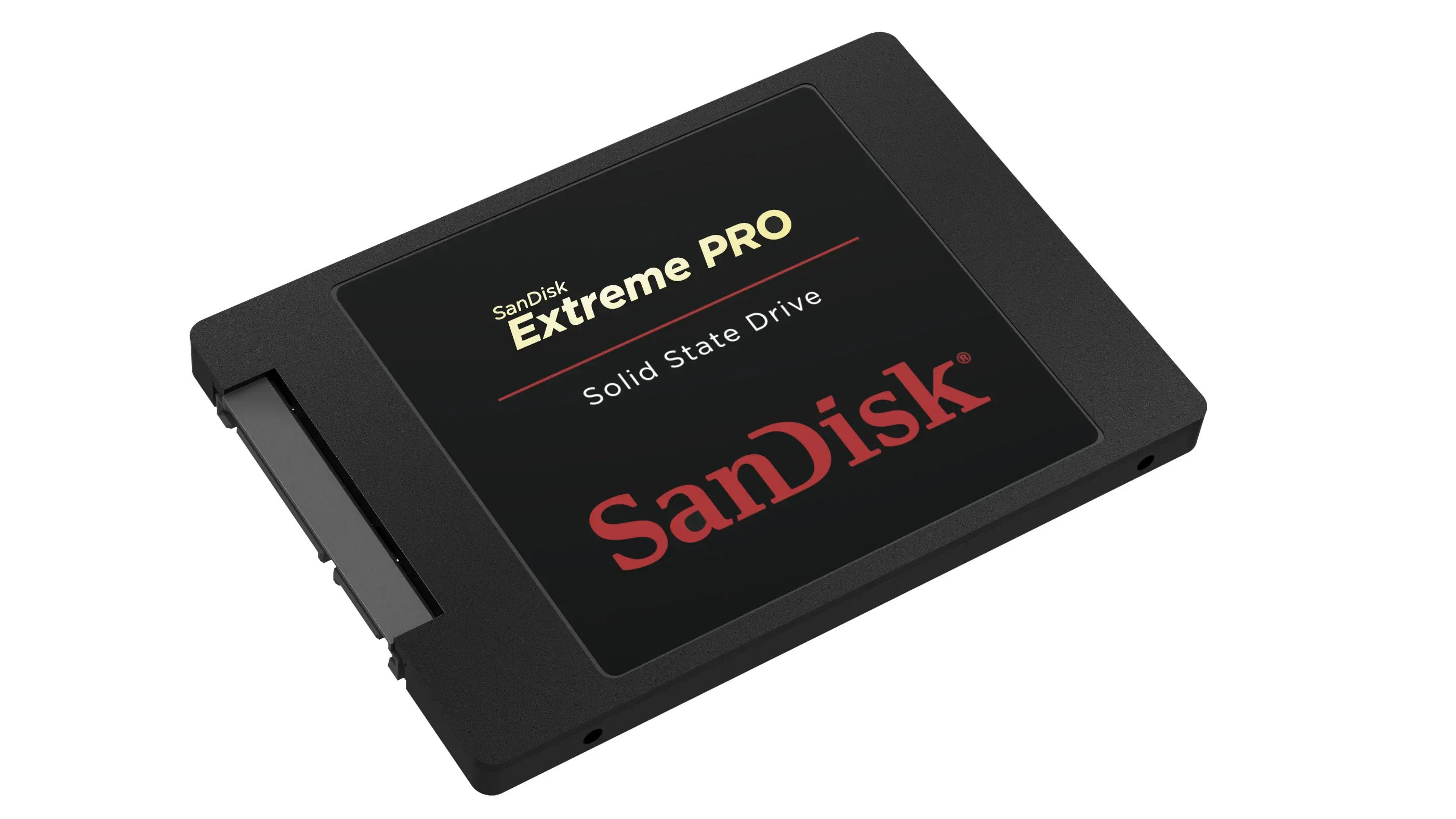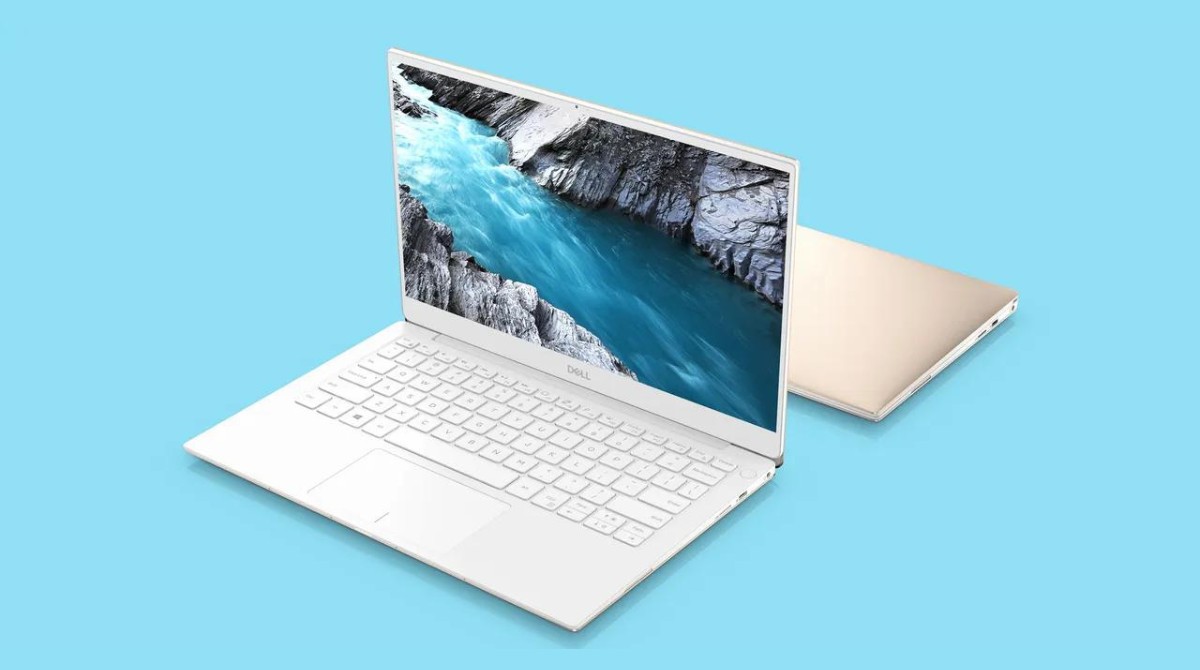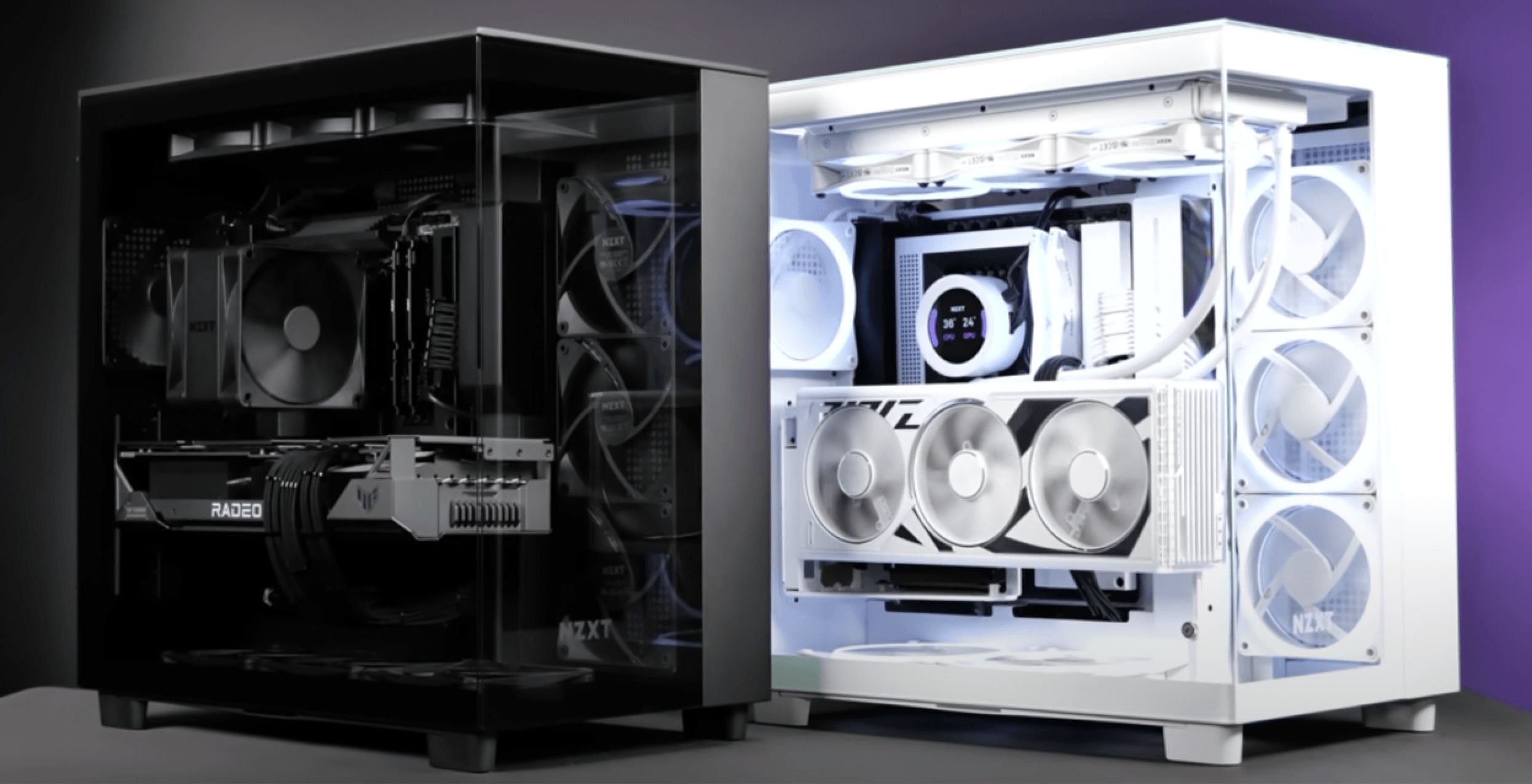Introduction
Welcome to the world of storage devices! When it comes to storing and accessing data, two primary options dominate the market: solid state drives (SSDs) and hard drives (HDDs). These two technologies serve the same purpose – storing your files and data – but they differ in their characteristics and performance. Understanding the distinctions between SSDs and HDDs can help you make an informed decision when purchasing a new storage device.
Traditionally, HDDs have been the go-to choice for many users due to their affordability and high storage capacities. However, with advancements in technology, SSDs have gained significant popularity in recent years. In this article, we will explore the key differences between these two types of drives, including their physical components, data storage methods, speed and performance, durability and reliability, energy efficiency, cost, and compatibility.
Whether you are upgrading your existing storage system or buying a new computer, understanding the pros and cons of SSDs and HDDs will help you make the right choice. So, let’s dive in and explore the world of storage devices!
Physical Components
One of the significant differences between solid state drives (SSDs) and hard drives (HDDs) lies in their physical components. HDDs consist of mechanical parts, including spinning disks coated with a magnetic material, read/write heads, and an actuator arm. These components work together to store and retrieve data. On the other hand, SSDs are made up of non-volatile flash memory chips, similar to the ones used in USB drives and memory cards.
The absence of moving parts sets SSDs apart from HDDs. Because HDDs rely on spinning disks, they are more susceptible to mechanical failures and data loss caused by shocks or drops. In contrast, SSDs can withstand physical stress better as they have no moving parts. This makes them an ideal choice for portable devices where durability is a significant concern.
The physical size of SSDs and HDDs also differs. HDDs are traditionally larger and bulkier due to the need for mechanical components and larger-sized disks. SSDs, on the other hand, are more compact and lightweight. The smaller form factor of SSDs makes them a popular choice for laptops and ultrabooks, where space is limited.
Additionally, SSDs operate silently because they have no motor or spinning disks, while HDDs produce some noise due to the spinning mechanism. This makes SSDs a preferred choice for users seeking a quiet computing experience, such as content creators or those who work in noise-sensitive environments.
Understanding the physical components of SSDs and HDDs can help you choose the right storage device based on your needs and preferences. The next section will delve into the different data storage methods employed by these two technologies.
Data Storage
When it comes to data storage, solid state drives (SSDs) and hard drives (HDDs) employ different techniques. HDDs use magnetic storage technology, where data is stored on spinning disks coated with a magnetic material. The read/write heads on an actuator arm access the data by magnetizing and demagnetizing specific areas on the disks.
In contrast, SSDs utilize flash memory chips to store data. These chips consist of thousands of memory cells that can hold electric charges to represent binary data. When data is written to an SSD, the electric charge of the memory cells is manipulated to store the information. To retrieve the data, the SSD sends electrical signals to the appropriate memory cells.
One of the advantages of SSDs over HDDs is the speed of data access. Since there are no moving parts involved, SSDs can access stored data almost instantaneously. On the other hand, HDDs need time for the spinning disks to reach the correct position and the actuator arm to move to the desired location, causing a slight delay in data retrieval.
Additionally, SSDs have faster data transfer rates compared to HDDs. This means that when you transfer large files or boot up your system, an SSD will complete the task much faster than an HDD. The speed advantage offered by SSDs is especially noticeable in tasks such as launching software or loading games, where quick data access is crucial.
It’s worth noting that SSDs have a limited number of write cycles compared to HDDs, meaning they have a finite lifespan. However, modern SSDs are designed with advanced algorithms that evenly distribute data writes across the memory cells, mitigating this limitation and ensuring a longer lifespan.
Overall, SSDs offer faster data access and transfer speeds compared to HDDs, making them a more efficient choice for users who require speedy performance. In the next section, we will explore the impact of speed on the overall performance of these storage devices.
Speed and Performance
When it comes to speed and performance, solid state drives (SSDs) have a clear advantage over hard drives (HDDs). The absence of moving parts in SSDs allows for faster data access and transfer rates, resulting in significantly improved performance.
One of the primary factors contributing to the speed of SSDs is the absence of seek time. Seek time refers to the time it takes for the read/write heads of an HDD to locate the data on the spinning disks. Since SSDs do not have moving parts, they can access data virtually instantly, leading to reduced latency and faster overall performance.
The random access speed of SSDs is also superior to that of HDDs. Random access speed refers to the time it takes to retrieve data from anywhere on the storage device. SSDs excel in this aspect, allowing for quick access to files and applications, resulting in faster boot times and reduced loading times for software and games.
Another aspect where SSDs outperform HDDs is in data transfer rates. SSDs have significantly higher sequential read and write speeds, allowing for faster file transfers, backups, and data synchronization. This increased speed is particularly beneficial for tasks that involve working with large multimedia files, such as video editing or graphic design.
Furthermore, SSDs offer consistent performance throughout their lifespan, whereas HDDs may experience performance degradation over time. As an HDD ages, the mechanical parts can wear down, leading to slower read/write speeds and decreased overall performance. SSDs, on the other hand, maintain their high-speed performance consistently, even as they age.
It is important to note that while SSDs offer superior speed and performance, their actual performance may vary depending on the specific model, interface, and storage capacity. Higher-end SSDs with advanced controllers and larger storage capacities tend to offer better performance compared to entry-level options.
If you prioritize speed and performance in your storage devices, SSDs are the clear winner. But there are other factors to consider as well. In the next section, we will explore the impact of durability and reliability on your choice between SSDs and HDDs.
Durability and Reliability
When it comes to durability and reliability, solid state drives (SSDs) have a significant advantage over hard drives (HDDs). The absence of moving parts in SSDs makes them inherently more resistant to failures caused by physical impacts.
HDDs, with their spinning disks and moving read/write heads, are more susceptible to damage from drops, shocks, or other physical disturbances. Even a slight jolt can cause the read/write heads to make contact with the spinning disks, resulting in data loss or mechanical failure. On the other hand, SSDs can withstand physical stress better due to their solid-state design, making them a more reliable option for portable devices.
Moreover, the lack of moving parts in SSDs provides them with quicker response times and lower failure rates compared to HDDs. The mechanical components in HDDs are prone to wear and tear over time, leading to potential breakdowns. In contrast, SSDs have a longer lifespan and are less likely to suffer from mechanical failures, making them a more reliable long-term storage solution.
Another factor that contributes to the reliability of SSDs is their resistance to temperature fluctuations and humidity. Unlike HDDs, which require controlled environmental conditions to function optimally, SSDs can operate efficiently in a wider range of temperatures and humidity levels. This makes them suitable for use in extreme environments or in areas where temperature and humidity levels may vary.
It’s important to note that while SSDs are generally more durable and reliable, they are not completely immune to data loss or failure. Like any electronic device, SSDs can experience chip failures or other technical issues. However, overall, the solid-state design of SSDs provides a greater level of durability and reliability compared to HDDs.
If you require a storage device that can withstand physical shocks, temperature variations, and provide consistent reliability, SSDs are the recommended choice. However, there are other factors to consider when choosing between SSDs and HDDs. In the next section, we will explore the energy efficiency of these storage devices.
Energy Efficiency
Energy efficiency is an important consideration when choosing a storage device, and in this regard, solid state drives (SSDs) outperform hard drives (HDDs) significantly. SSDs are designed to consume less power compared to HDDs, making them more energy-efficient options for both portable devices and desktop systems.
HDDs require a motor to spin the disks continuously, and this spinning motion consumes a substantial amount of power. Additionally, the actuator arm movement and read/write operations of HDDs contribute to higher power consumption. In contrast, SSDs have no moving parts and rely on electricity to store and retrieve data, resulting in lower power consumption.
The energy efficiency of SSDs translates into several practical benefits. For portable devices such as laptops and tablets, SSDs can help extend battery life, allowing you to use your device for longer periods without needing to recharge. This is particularly advantageous for users who require on-the-go productivity or entertainment.
Furthermore, the low power consumption of SSDs contributes to a cooler operating temperature compared to HDDs. HDDs generate more heat due to the motor and spinning disks, requiring additional cooling mechanisms. SSDs, being more power-efficient and generating less heat, contribute to a cooler overall system, which can have a positive impact on the performance and longevity of other components.
Not only does the energy efficiency of SSDs benefit portable devices and reduce heat generation, but it also has a positive environmental impact. The lower power consumption of SSDs translates to reduced energy consumption, resulting in lower carbon emissions and a smaller ecological footprint.
While SSDs are generally more energy-efficient than HDDs, it’s important to note that actual power savings may vary depending on the specific model, storage capacity, and usage patterns. High-performance SSDs with larger capacities may consume slightly more power compared to entry-level options.
If energy efficiency is a priority for you, SSDs are the recommended choice. Their low power consumption not only helps extend battery life but also has positive effects on thermal management and environmental sustainability. However, there are other factors to consider when choosing between SSDs and HDDs. In the next section, we will explore the cost aspect of these storage devices.
Cost
Cost is often a significant factor when considering storage devices, and when it comes to pricing, hard drives (HDDs) have traditionally been more affordable compared to solid state drives (SSDs). However, with advancements in technology and increased demand, the price gap between SSDs and HDDs has been narrowing.
Historically, HDDs provided higher storage capacities at lower costs, making them the go-to option for users requiring large amounts of storage space. On the other hand, SSDs offered faster performance and durability but came at a premium price. However, with advancements in flash memory technology, SSD prices have been gradually decreasing, making them more accessible to a wider range of users.
Although SSDs still tend to be more expensive per gigabyte than HDDs, the gap has been diminishing as the cost per gigabyte of SSDs continues to decrease and HDD prices remain relatively stable. As a result, the cost difference between the two technologies is no longer as significant as it once was.
It is also worth mentioning that while SSDs may have a higher upfront cost, they can offer long-term savings in terms of energy consumption. The energy efficiency of SSDs not only helps save on electricity bills but also contributes to a reduced carbon footprint, which can have a positive environmental impact.
When considering the cost aspect, it is essential to evaluate your specific needs and budget. If you require vast amounts of storage at an affordable price, HDDs may be more suitable. However, if you prioritize faster performance and can accommodate a higher budget, SSDs offer the advantage of speed and reliability.
Ultimately, the cost factor should be considered in conjunction with other factors such as performance, durability, and energy efficiency. Finding the right balance between cost and desired features is crucial to making an informed decision when choosing between SSDs and HDDs.
In the next section, we will explore the compatibility aspect of SSDs and HDDs, providing you with additional information to consider when selecting a storage device.
Compatibility
Compatibility is an important consideration when choosing a storage device, as it determines whether the drive can be seamlessly integrated into your system. Both solid state drives (SSDs) and hard drives (HDDs) offer a high level of compatibility with most modern computers and devices, but there are a few key points to keep in mind.
In terms of physical compatibility, SSDs and HDDs come in different form factors and connection interfaces. HDDs typically use the traditional 3.5-inch or 2.5-inch form factor, while SSDs are available in various form factors, including the smaller mSATA, M.2, and PCIe NVMe. It is essential to ensure that the physical dimensions of the drive match the available slots and bays in your device.
The connection interface is another compatibility consideration. HDDs commonly use the SATA (Serial ATA) interface, which is widely supported by most motherboards and devices. SSDs also utilize the SATA interface in their traditional form, but newer and faster SSDs may utilize PCIe (Peripheral Component Interconnect Express) or NVMe (Non-Volatile Memory Express) interfaces. It is important to verify that your system supports the specific interface of the SSD you intend to purchase.
Moreover, compatibility extends beyond the physical and connection aspects. The operating system and BIOS (Basic Input/Output System) of your computer should be compatible with the storage device you plan to use. Fortunately, SSDs and HDDs are compatible with various operating systems, including Windows, macOS, Linux, and others. However, it is recommended to check the system requirements and compatibility guidelines provided by the manufacturer.
Software compatibility is also a crucial consideration, especially if you plan to clone or migrate your existing data from one drive to another. Ensure that the software you use to handle the data transfer is compatible with both SSDs and HDDs, as some tools may have limitations or specific requirements for each type of drive.
Overall, SSDs and HDDs offer a high level of compatibility with most modern systems and devices. However, it is essential to verify the physical dimensions, connection interfaces, operating system compatibility, and software requirements to ensure a seamless integration and optimal performance of the storage device.
Now that we have explored the compatibility aspect, let’s summarize the key points and considerations discussed throughout the article.
Conclusion
Choosing the right storage device, whether it be a solid state drive (SSD) or a hard drive (HDD), depends on a variety of factors and considerations. Throughout this article, we have explored the key characteristics that distinguish SSDs from HDDs, including their physical components, data storage methods, speed and performance, durability and reliability, energy efficiency, cost, and compatibility.
SSDs offer several advantages over HDDs. They provide faster data access and transfer speeds, resulting in improved overall system performance. The absence of moving parts in SSDs also makes them more durable and less prone to mechanical failures. Additionally, SSDs are more energy-efficient, contributing to longer battery life and reduced power consumption.
However, HDDs still have their advantages. They offer larger storage capacities at a more affordable price per gigabyte, making them a suitable choice for users requiring vast amounts of storage space. HDDs also excel in sequential read and write speeds, making them ideal for tasks involving continuous data streaming, such as video editing or media servers.
When making a decision between SSDs and HDDs, it is crucial to consider your specific needs and preferences. If you prioritize speed, durability, and energy efficiency, SSDs are the recommended choice. On the other hand, if cost-effectiveness and larger storage capacities are your primary concerns, HDDs may be a more suitable option.
It is worth noting that hybrid storage solutions, such as SSHDs (Solid State Hybrid Drives), combine the benefits of SSDs and HDDs by combining a small SSD cache with a traditional HDD. This allows for a compromise between speed and storage capacity.
In the end, the choice between SSDs and HDDs ultimately depends on the balance of your requirements, budget, and priorities. Whichever type of storage device you choose, both SSDs and HDDs play crucial roles in meeting your data storage and access needs.
Now armed with a deeper understanding of the characteristics and distinctions between SSDs and HDDs, you can make an informed decision when selecting the ideal storage device for your personal or professional needs.







